Derusting with Electrolysis
Overview
This is a list of instructions and details on how to use the electrolysis tanks. Currently this can be used to remove rust from metal parts.
Types of Water
Ideally de-ionised water can be used, but so far I've used it with normal tap water without problems
When using normal tap water the end result is that some of the red rust may turn black. This can be removed with a wire wheel. You might ask why use electrolysis instead of just a wire wheel, in the case of electrolysis it can help to reverse some of the damage. Also black rust can act as a protective layer in some cases.
BiCarb
The main ingredient other than water is Bicarbonate of Soda.
Note Baking Powder should be avoided since it has other things in which interfere with the process.
- 6 Litres of water = 40ml of Bicarbonate of Soda
- 5 gallons of water = 1/2 cup of Bicarbonate of Soda
- 2 gallons of water = approx 1/4 cup of Bicarbonate of Soda

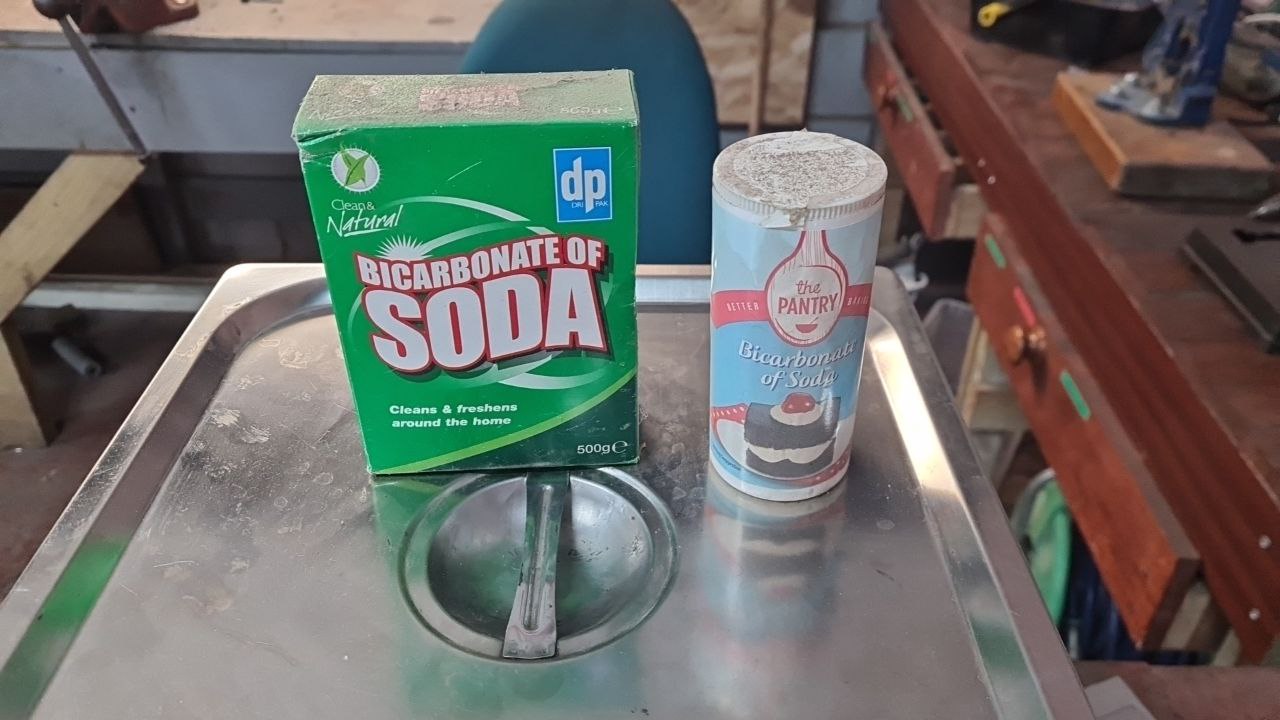
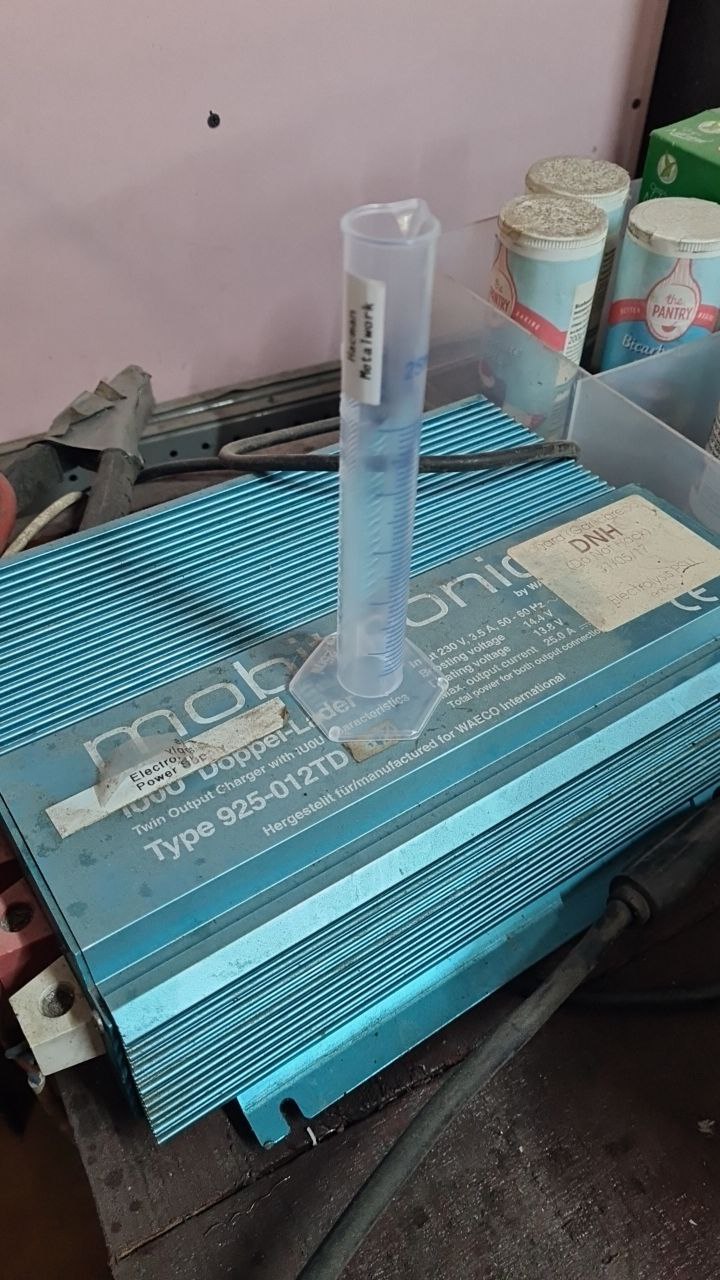
Cleaning the black coating
After using Electrolysis to remove rust from a part sometimes there will be a black coating left over. This can be avoided by using de-ionised water although another way around this is to use a mixture of Water, Toothpaste, Baking Soda
Tanks
Currently we have two tanks. These are basically really useful boxes that have metal rods at each corner wired up with welding wire.


Electrodes
There are 4 metal rods one at each corner of the tank with a wire loop around the top. This makes the rods easy to take out and cleanup if they accumulate too much rust as part of the process
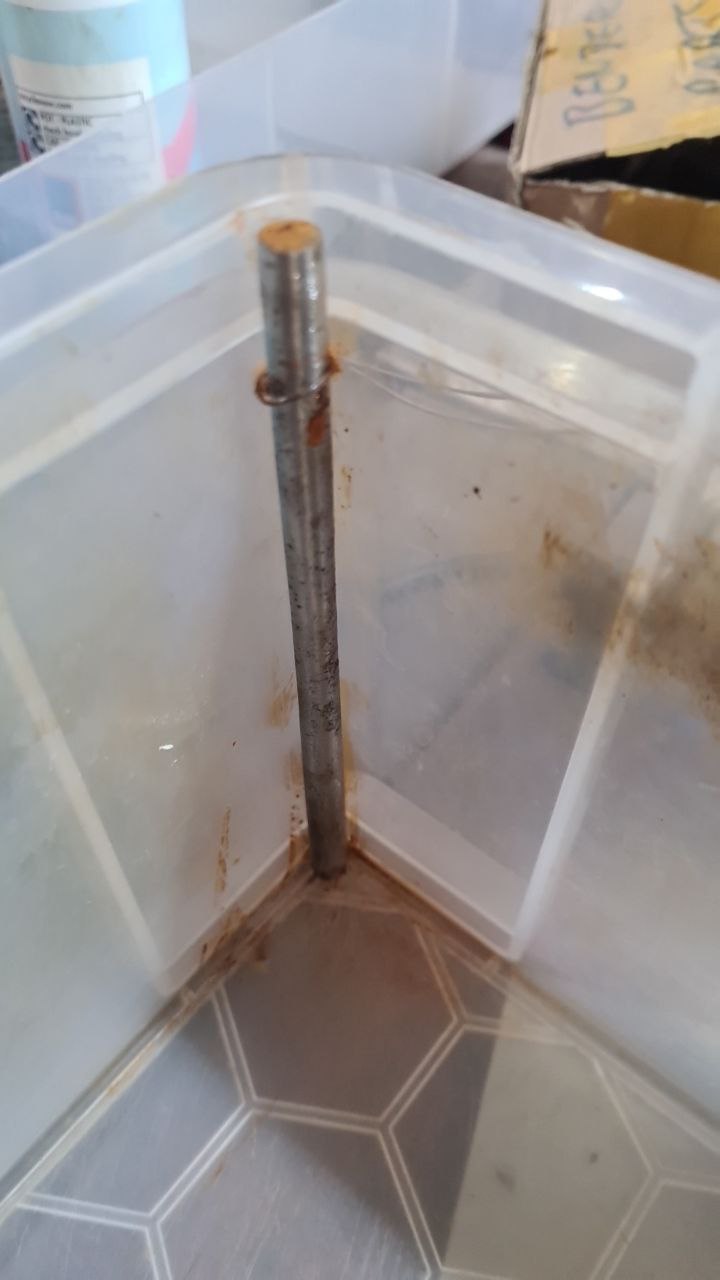
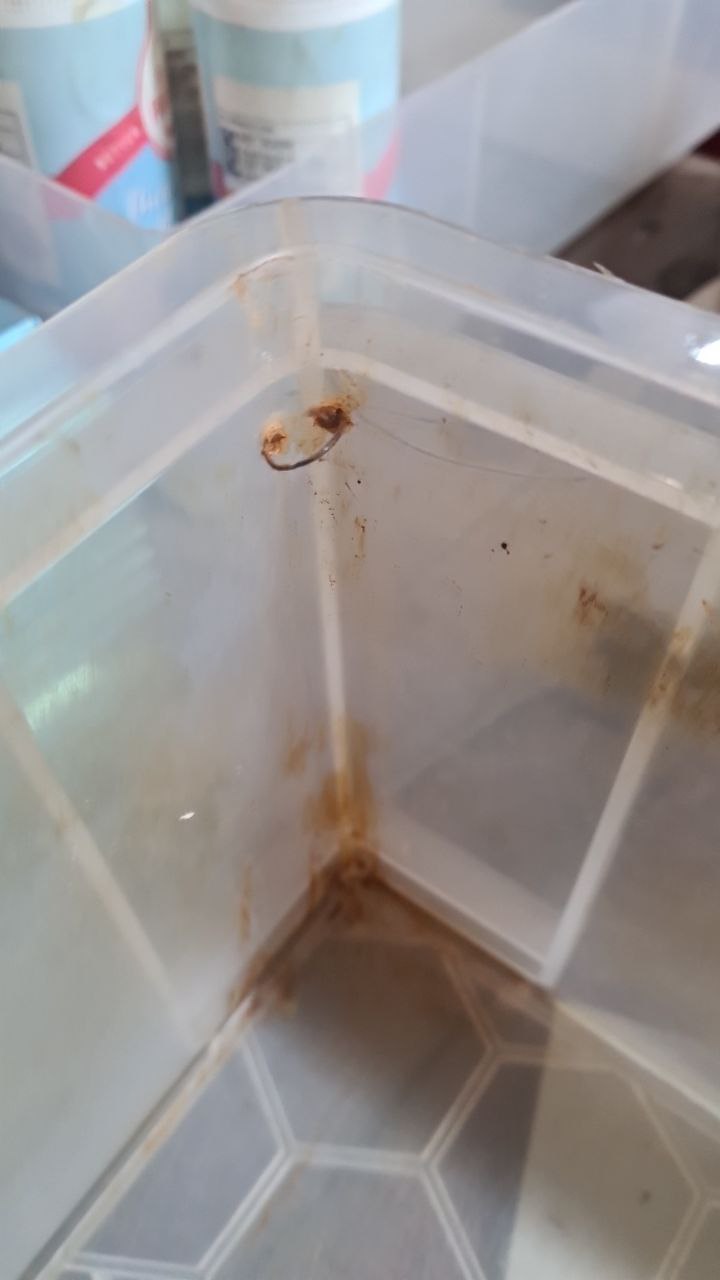
Power Supply
The power supply is a fixe 12V car battery charger, this is able to supply a lot of current at a fixed voltage so is good for this.

Cabling
The positive or red clamp should be attached to the outside of the tank

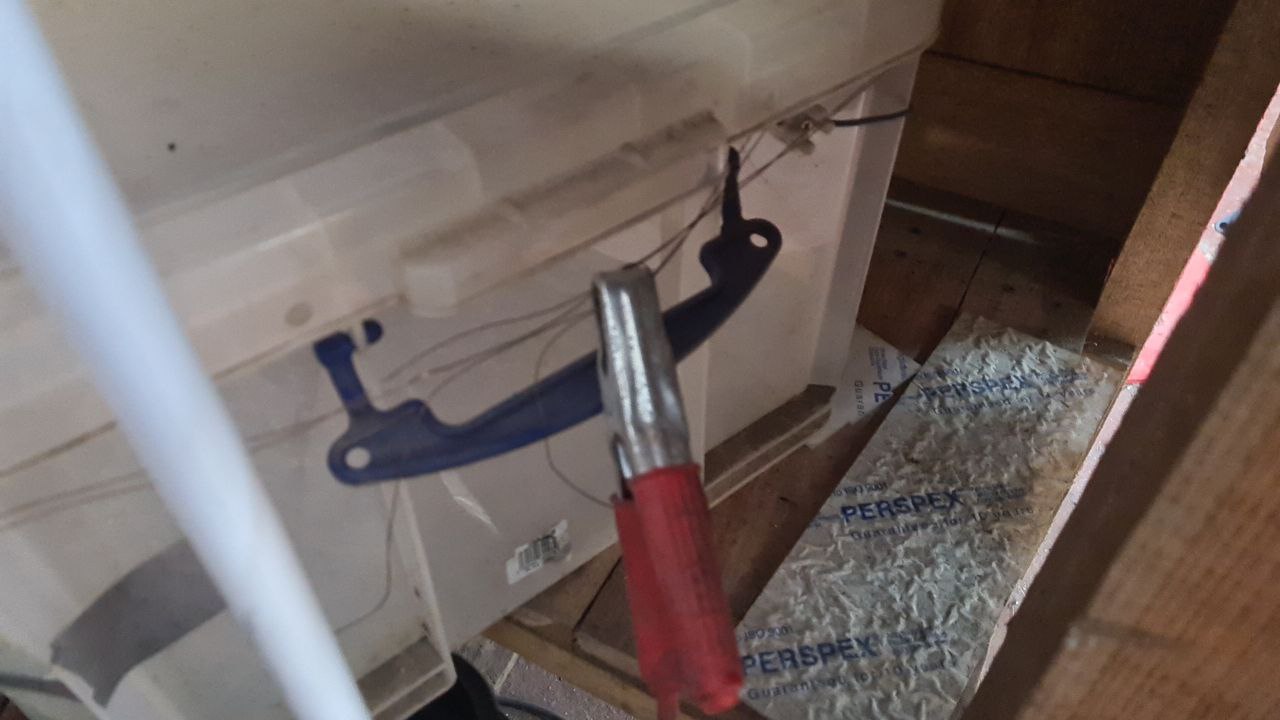
The negative should be attached to the part With the below this is actually a block of wood with some welding wire running through it.

Plating
Plating is not something I have not tried myself Also you may need a current controlled supply from the electronics area for better control.
Important
I would strongly suggest to avoid anything involving strong acids